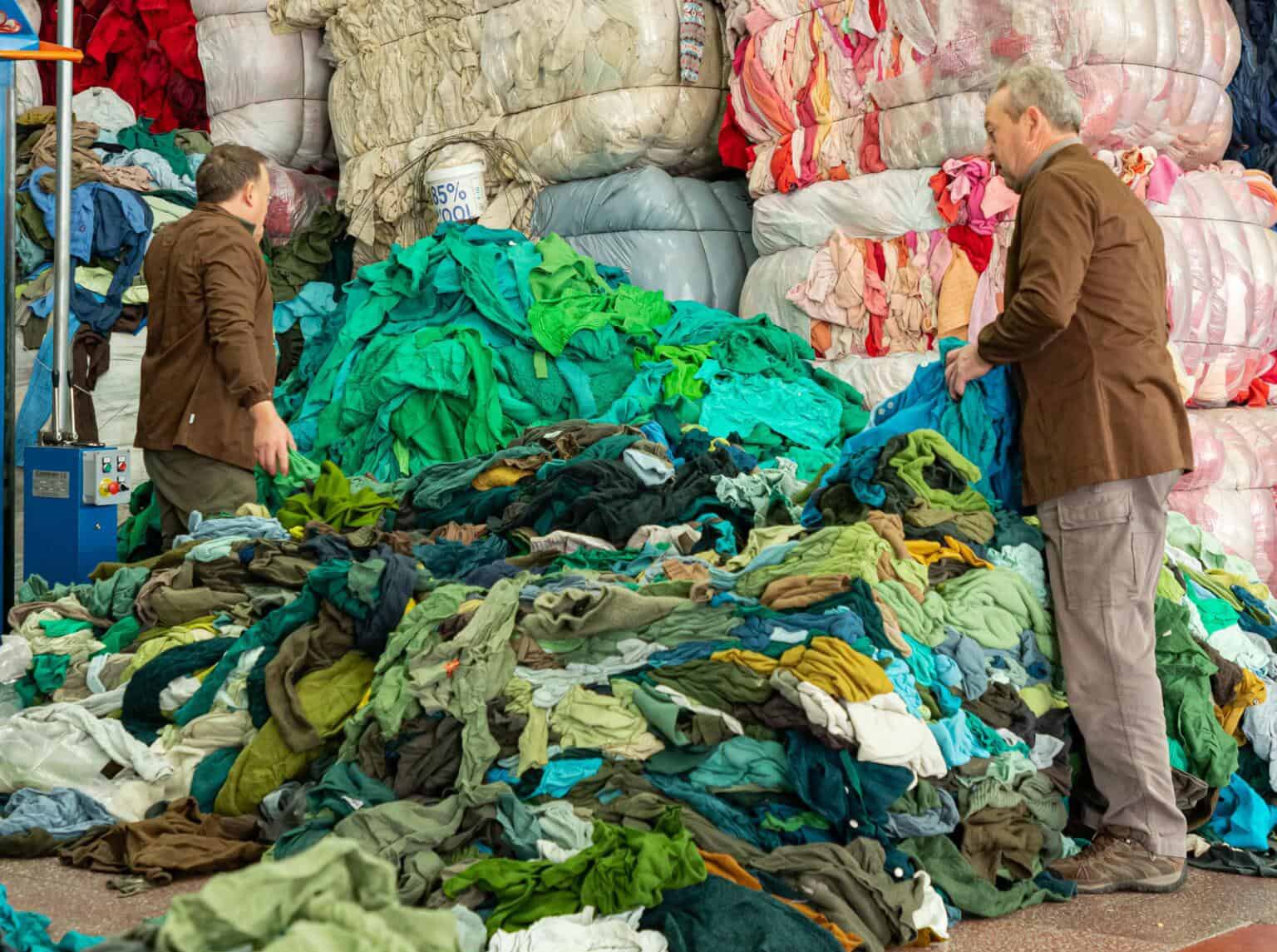Welcome to my journal. You will find a mixture of informative articles, reflections, photo diaries, and links to further resources. I use this space to share longer form content and thoughts.
You can use the search bar below if you are looking for information on a particular topic.
Top Books on Sustainable Material Design You Must Read
A selection of my favourite reference books exploring sustainable materials and circular design. From inspirational and experimental product design, to materials reference guides and into material reform for architecture
Top UK Innovators Turning Seaweed into Bioplastics
Seaweed, a diverse group of marine algae, is abundant and grows in oceans worldwide, from tropical all the way to polar regions. Seaweed thrives in a variety of marine environments, attaching to substrates like rocks and coral, and flourishing in nutrient-rich waters. Seaweed is categorized into three main types: brown algae (Phaeophyceae), red algae (Rhodophyta), and green algae (Chlorophyta). Each type has unique properties and uses. For example, brown seaweeds like kelp (Laminaria) are known for their rapid growth and high iodine content. Red seaweeds such as dulse (Palmaria palmata) are rich in proteins and vitamins. Green seaweeds like sea lettuce (Ulva) are nutrient-dense and are often used in salads. The rapid growth rate and minimal resource requirements of seaweed make it a sustainable choice for biomaterial production, contributing to its potential as a key player in addressing environmental challenges .
Unlocking the Future of Construction with Material Passports
In the coming years, we will see material passports finding their way into various sectors, construction seems to be leading the way currently. These digital documents are designed to accelerate material reuse, promote deconstruction over demolition, and integrate a circular economy within construction practices.
How can we categorise materials to better understand them?
This is part 1 of my thoughts on material categorisation!
Over the last few months, I’ve been thinking a lot about how we categories materials and how complicated this can be! I’ve been needing to categories materials for various reasons, for a database I am building, for workshops I am writing. All in the aim to make materials and what they are made of easier to understand.
Mechanical and Chemical Textile Recycling
Globally we are drowning in second-hand textiles, without the correct infrastructure to deal with this overconsumption textile waste either gets dumped in landfill, shipped to other countries ( that’s a whole other blog post), or incinerated. Currently, 87% of the material used for clothing production is landfilled or incinerated after its final use. But what are the current methods of recycling that are available? And what are their benefits and limitation?





